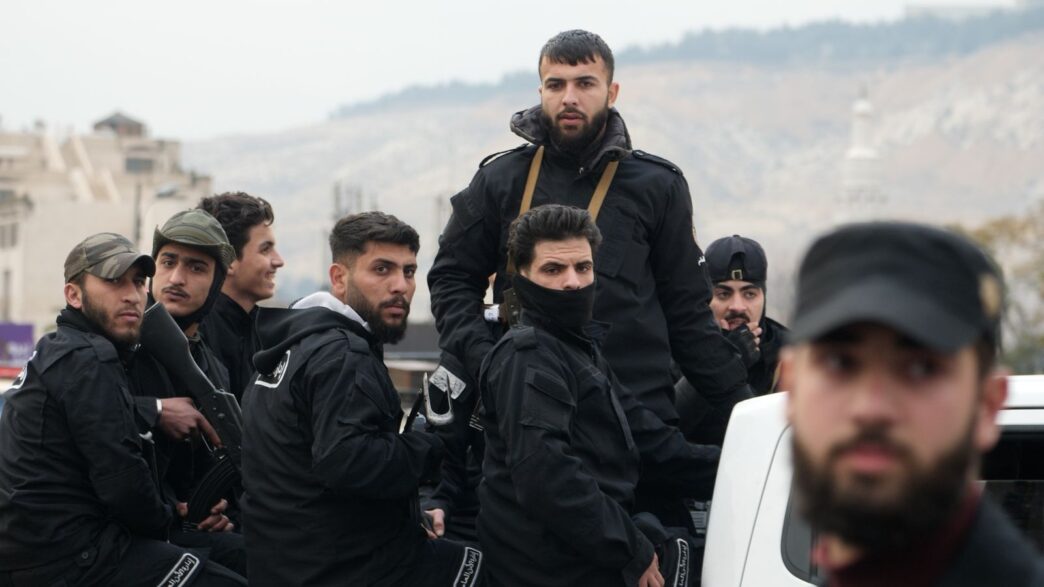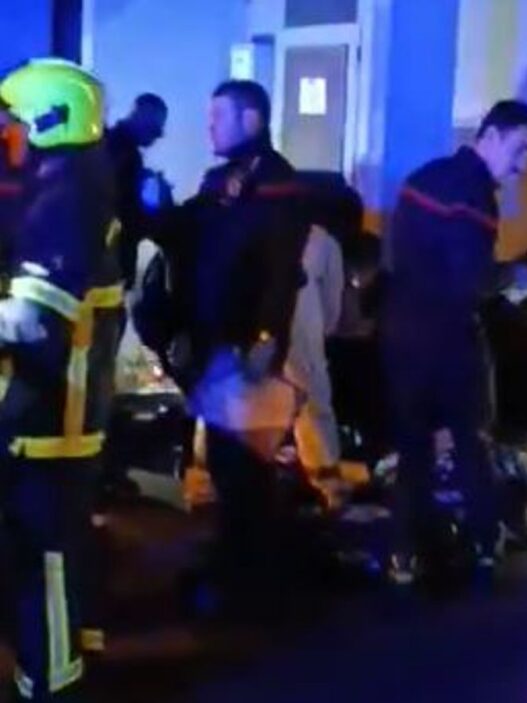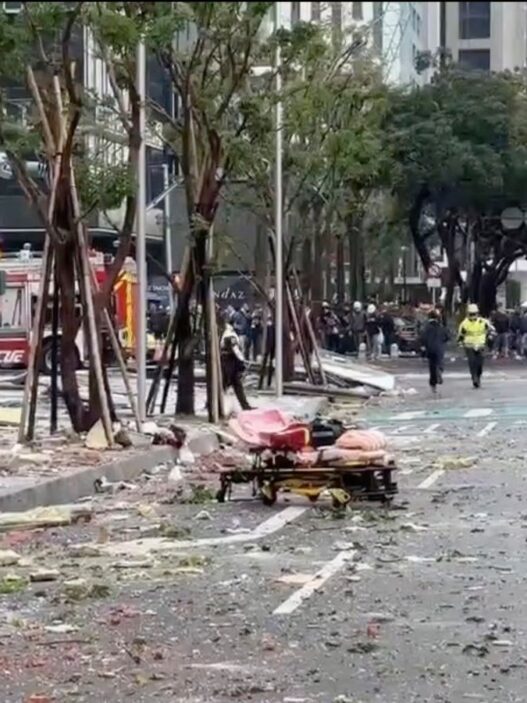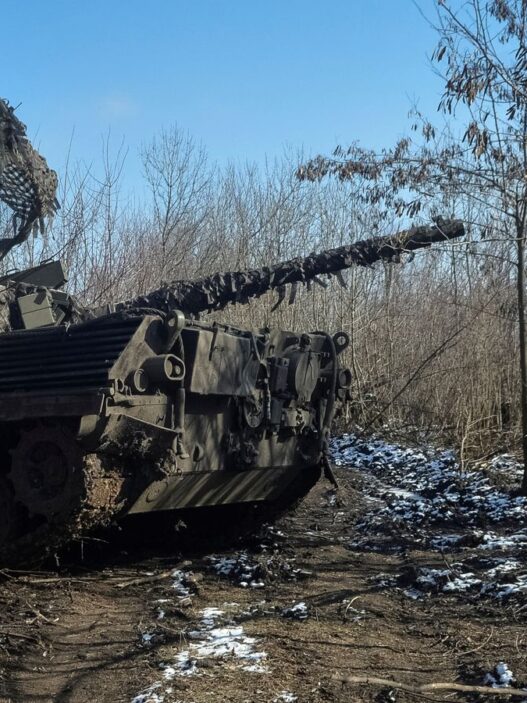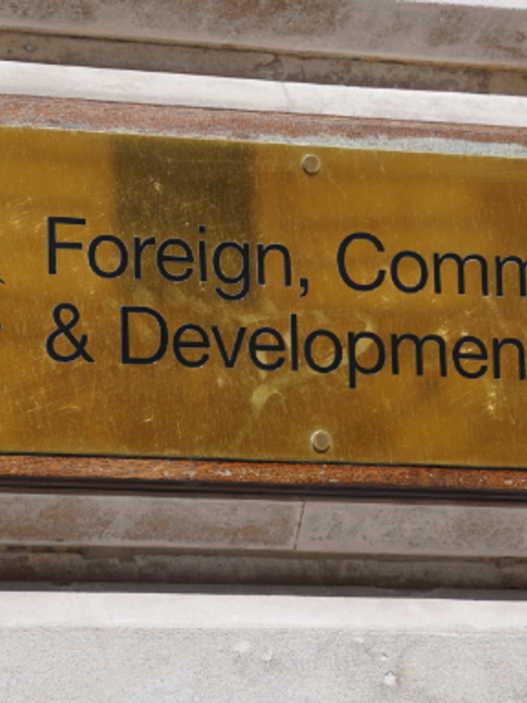By the standards of other cities I have been in or visited shortly after a revolution, Damascus seems on the face of it relatively calm.
More often than not, I’d expect masked gunmen to be deployed on every corner, patrolling the streets in groups, or whizzing around on battered trucks, with heavy machine guns at the ready and rocket-propelled grenades strapped to roofs or on the backs of fighters.
But that isn’t the case in Damascus.
There are checkpoints in and out of the city but generally speaking, the militia groups that supported Hayat Tahrir al Sham (HTS), which led the takeover of Syria, are keeping a low profile.
Indeed, many have now become part of the newly formed General Security force, and they’re all dressed in matching black uniforms and fatigues.
I’m often asked what Damascus is like now that Bashar al Assad’s regime is gone.
First, I have to admit that apart from a couple of brief visits to Damascus before 2011, once the uprising began, I was either in the west or north of the country with the demonstrators and later the rebel forces – far from the capital.
I was also among a small group of journalists on a wanted list by the regime, so travel to government-controlled areas was a non-starter.
So for me, my visits to Damascus are part discovery, and part depressing confirmation of what I had expected to see, especially the vast suburban areas reduced to rubble by Assad’s security forces with the aid of the Russian military.
My impression is of a city looking to the future but still suffering from its recent bloody history.
Its people are trying to move on, but many remain in the midst of the ruins, and rebuilding remains a distant hope.
Listen: Inside the fall of Assad
‘Syrians have every right to see justice served’
From the Umayyad Square in Damascus, we jumped onto the back of a pick-up truck full of General Security soldiers and sped away through busy traffic and towards a road leading to a hilltop that overlooks the city.
We passed the sprawling presidential palace, built by the Assads, but now under the management of the self-proclaimed “Salvation Government”.
We were meeting the man in charge of security here in the capital, Abdulrahman Dabbagh, a youthful cousin of the country’s new president Ahmed al Sharaa.
He told me that to move forward, Syria must also hunt down the senior leaders of the Syrian regime who terrorised the entire population.
“Syrians have every right to see justice served for those who caused them harm during the reign of this now-defunct regime,” Mr Dabbagh said.
“By nature, every human finds comfort in witnessing accountability, justice, and the rightful reclaiming of what was taken.”
I asked him if it is difficult tracking down those responsible.
“There are assessments, research, and round-the-clock work being done to locate these criminals,” he explained.
“It’s not always about taking direct action against every person we identify, though, we wait for official orders to arrest certain figures.”
‘The torture was endless’
Barely a family in this country was untouched by the regime and its relentless programme of detentions and torture in jails.
Bariya, 63, was detained for 100 days. Her crime? She was accused of cooking food for demonstrators and spying on regime checkpoints in the city of Homs.
Inside her prison, she says torture was the norm, and the memories of the cries of the men still haunt her.
“It would begin as soon as the sun went down. The torture was endless. My husband was not spared – I recognised his cries. They tormented him,” she told me.
“One of the inmates called out to him, shouting that his family was here, the warders heard her, came straight for him, they dragged him away and beat him in the corridor.”
“They tortured him relentlessly, with no regard for his age – he was born in 1955,” she sobbed.
A legacy of pain and death
Bariya is still so afraid of the Assad regime, she won’t show her face or allow us to use her last name.
She was arrested at the height of the anti-Assad protests, along with multiple members of her family. Seven of them died in detention: her husband, one of her sons, two of her brothers, her nephew, a cousin, and the son of her brother-in-law.
To this day she has no idea what happened.
The legacy of the Assad tyranny is pain and death, and this ancient country’s recent history is still raw for so many.
Consigning it to the history books is going to take some time.


